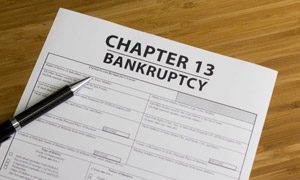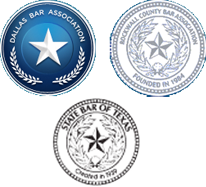
When the bankruptcy laws changed in 2005, it became more difficult to file for liquidation under Chapter 7. You must now submit to means test to determine whether you have the ability to repay your creditors over a 3-5 year period. If so, then your only recourse for a personal bankruptcy is under Chapter 13. But that doesn’t mean that you automatically qualify for protection under Chapter 13.
The Requirements to Obtain Chapter 13 Protection
To seek protection under Chapter 13 (known as debtor reorganization), you must be an individual. Chapter 13 is not available to businesses of any kind. If you want to restructure or reorganize a business, you must do so under Chapter 11. You may, however, include any business debts for which you are personally liable, provided you are not seeking to protect the business.
You must also have sufficient income to qualify for Chapter 13. As a part of a Chapter 13 filing, you’ll put together a plan to repay your creditors over a specific period of time. If you don’t have the income to meet the terms of that plan, the trustee and the court will not approve your plan.
There’s a limit to the amount of debt you can restructure through a Chapter 13 petition—at the present time, you can only reorganize $1,184,200 of secured debt and $394,725 of unsecured obligations.
Finally, you won’t be allowed to reorganize your debt unless you are current on all state and federal tax filings.
Contact Heath, TX Bankruptcy Attorney Carrie Weir
I provide a free initial consultation to anyone with questions or concerns regarding a bankruptcy filing. Contact my office by e-mail or call me at 972-772-3083 for a private meeting. With offices in Rockwall, Texas, I represent clients in Heath, Greenville, Lavon, Wylie, Mesquite and Rowlett.








Speak Your Mind